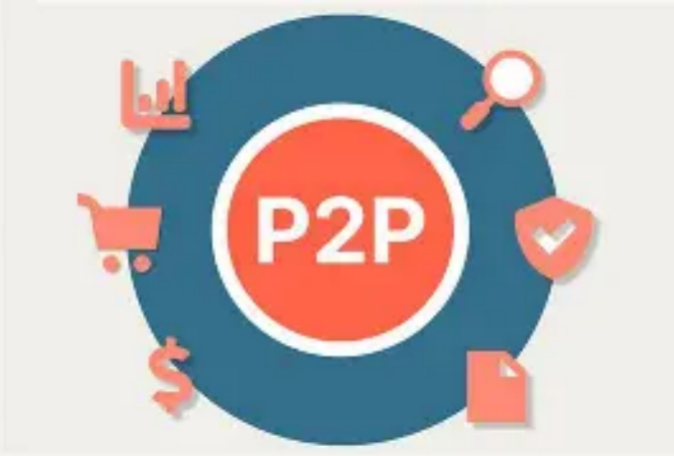In the finance world, the swift growth and dramatic decline of Peer-to-Peer (P2P) lending platforms highlight important lessons. At first, P2P lending drew in wealthy investors who were enticed by the chance for high returns, providing a new option beyond traditional investment routes. Its online convenience and innovative take on direct lending appealed to many, as it allowed users to avoid regular banking systems.

Nevertheless, the absence of strict regulations and oversight caused various problems. Numerous P2P platforms did not effectively evaluate the creditworthiness of borrowers, leading to a significant number of defaults. Investors, lacking the protective measures of well-established financial entities, experienced considerable losses when these platforms failed. It is essential for financially capable individuals to take note of these situations, perform thorough research, and comprehend the associated risks, instead of simply being attracted by the promise of high profits.
The Flawed Business Models Unveiled
The downfall of P2P was largely due to its flawed business models. Many P2P platforms strayed from their original purpose of simply connecting borrowers with lenders. They evolved into unofficial credit providers, creating their own lending systems that used money collected from investors. This change brought both advantages and disadvantages. While it gave platforms more control over the lending process, it also put them at greater risk.

For example, some platforms took on too much risk by lending to borrowers with questionable credit histories. They lacked a strong credit assessment system, which is common in traditional banks, making defaults likely. When a large number of borrowers failed to repay their loans, these platforms encountered cash flow problems. They struggled to fulfill redemption requests from investors, which resulted in a loss of trust and eventually led to their collapse.
The Illusion of Regulation
For a significant period, the regulation of the P2P sector seemed more like an illusion than a reality. During the initial phase of P2P's expansion, any regulatory structures were either absent or greatly insufficient. As the industry rapidly grew, regulators found it hard to keep up. The intricate and often unclear nature of P2P activities created challenges for enforcing effective regulations.
When regulations did eventually emerge, many loopholes remained. These gaps in the law were taken advantage of by platforms, which engaged in practices that cleverly avoided legality. For instance, some P2P services used accounting tricks to obscure their actual financial situation. They altered loan loss reserves, making their financial statements look better than they truly were. This not only deceived investors but also complicated regulators' efforts to properly gauge the risks associated with these platforms.
Investor Vulnerabilities Exposed
Individuals with significant spending power, despite their understanding of finance, were drawn to P2P investments by the potential for high returns. In their pursuit of profits, many ignored important risks.A major problem was the lack of thorough investigation. Instead of examining the lending practices, quality of borrowers, and financial health, investors trusted the platform's promises. Additionally, the tendency to follow the crowd caused many to invest without careful consideration.Furthermore, many people underestimated the risks involved, regarding P2P as low-risk when, in reality, there were serious threats related to credit and liquidity. Without safety measures from the government, their investments became exposed to risks if the platforms failed.

In summary, the collapse of P2P highlights that there are no easy paths in finance. It's essential for all investors to be careful, carry out detailed research, and avoid the lure of quick returns.



